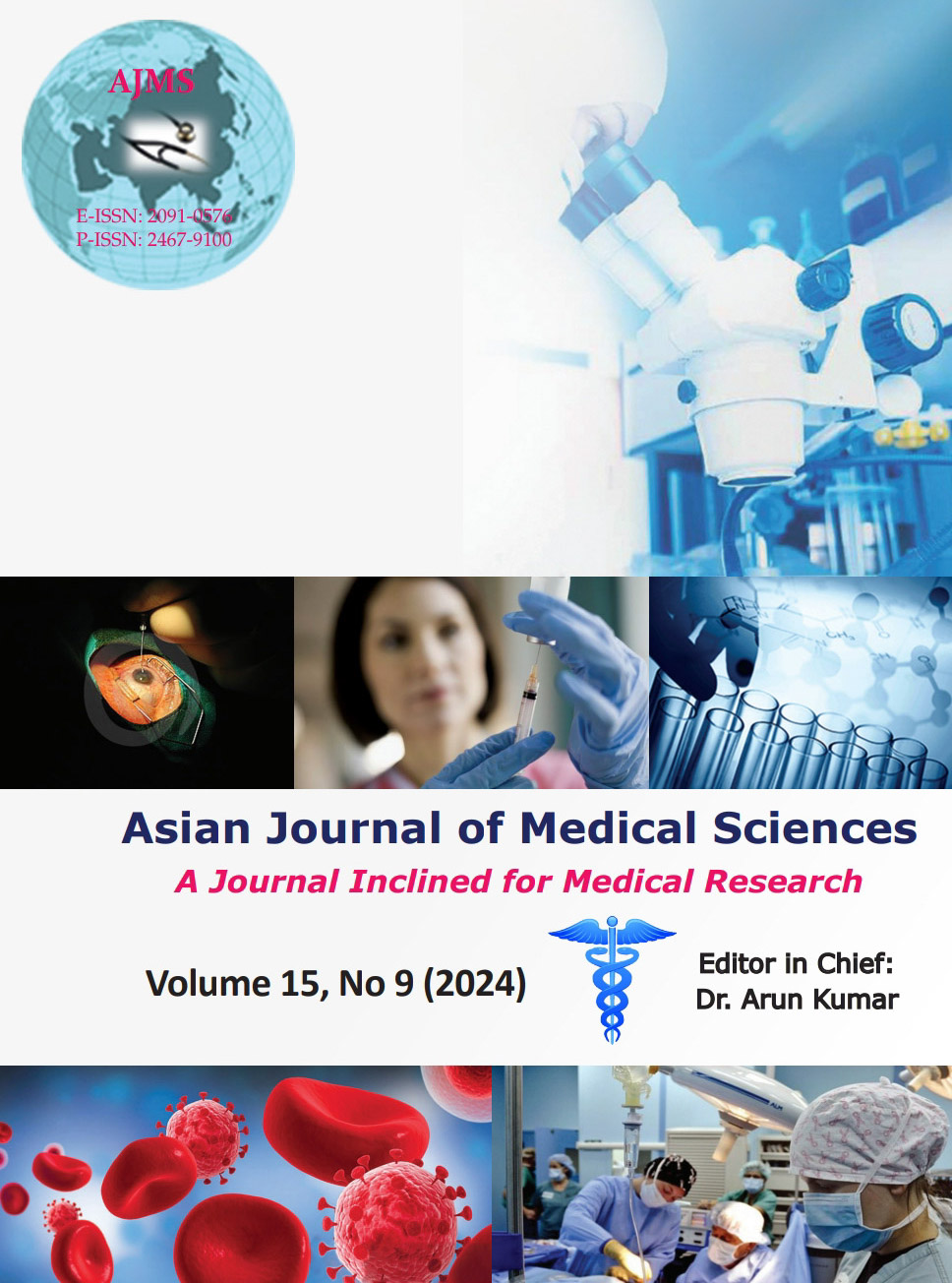Vagaries of osteosarcoma at a tertiary care center in Southern India
Keywords:
Osteosarcoma; Variations; Histopathology; Lymph node metastasis; Metachronous multicentricAbstract
Background: Osteosarcoma (Os) is the greatest histologic mimicker of all bone tumors. We conducted a retrospective study on its various histopathological patterns, vis-à-vis, clinical and diagnostic features, highlighting its variations.
Aims and Objectives: The objective of this study was to study the demographic distribution of Os presenting to our centers and appreciate the histological variations of the disease prevalent in this part of the world as such a study had not been done before.
Materials and Methods: Over a period of 25 years, we encountered 100 cases of Os at our institution. The clinical details, investigative findings, gross appearance of tumor tissue obtained, and their hematoxylin and eosin-stained microscopic appearance were studied.
Results: The majority were in the 2nd and 3rd decades with a male-to-female ratio of 1.8:1. Long bones were most commonly involved. Microscopically, apart from the conventional type, the histological variants encountered were small cell, soft tissue, malignant fibrous histiocytoma-like, telangiectatic, and juxtacortical including parosteal, periosteal, and dedifferentiated parosteal. Patients were treated with radical amputations, chemo-radiotherapy, and limb salvage surgeries.
Conclusion: Being obvious that Os presents with a variety of presentations eluding any prediction regards its biologic behavior, the pathologist should be keen on thorough sampling of tumor tissue and correlate the histologic type with the radiological appearance and clinical presentation.
Downloads
Downloads
Published
How to Cite
Issue
Section
License
Copyright (c) 2024 Asian Journal of Medical Sciences

This work is licensed under a Creative Commons Attribution-NonCommercial 4.0 International License.
Authors who publish with this journal agree to the following terms:
- The journal holds copyright and publishes the work under a Creative Commons CC-BY-NC license that permits use, distribution and reprduction in any medium, provided the original work is properly cited and is not used for commercial purposes. The journal should be recognised as the original publisher of this work.
- Authors are able to enter into separate, additional contractual arrangements for the non-exclusive distribution of the journal's published version of the work (e.g., post it to an institutional repository or publish it in a book), with an acknowledgement of its initial publication in this journal.
- Authors are permitted and encouraged to post their work online (e.g., in institutional repositories or on their website) prior to and during the submission process, as it can lead to productive exchanges, as well as earlier and greater citation of published work (See The Effect of Open Access).




